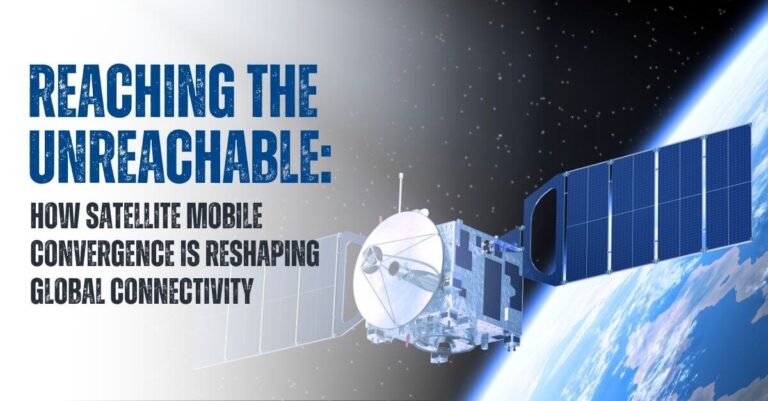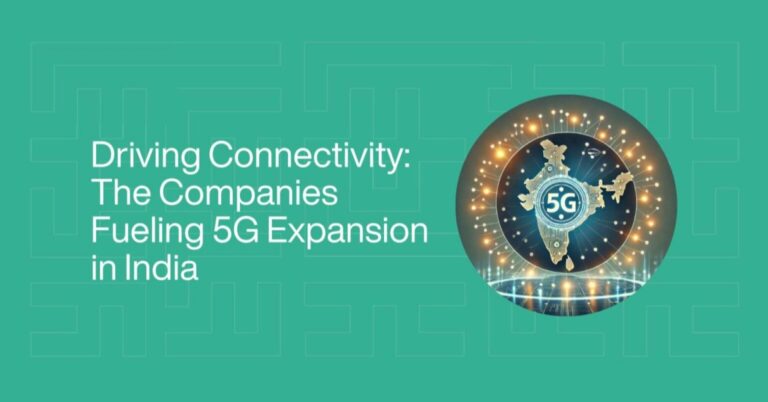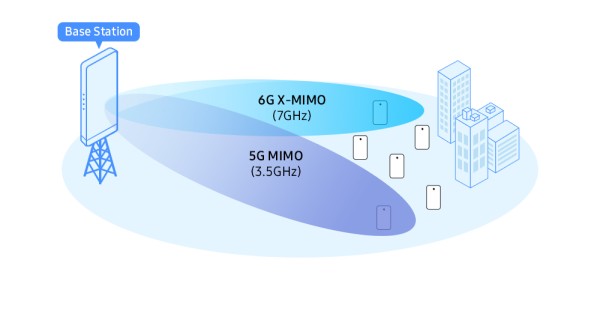Imagine manufacturers tracking the health of their equipment to quickly identify potentially costly breakage–before it becomes costly. Or continuously monitoring for quality issues in near real-time, even in high-speed manufacturing, to make adjustments that ensure consistency. Edge computing–which brings compute, storage and servers closer to where the data is generated and consumed–is making scenarios like this a reality in manufacturing, retail, the supply chain and more, thanks to a combination of near-instantaneous computing power and consistent, reliable connectivity. 5G and edge computing could transform the enterprise, shaping the way organizations manage data, interact with customers and drive innovation forward.
With that in mind, we spoke with two leading industry analysts who consult for Verizon, principal analyst Zeus Kerravala of ZK Research and principal analyst Maribel Lopez of Lopez Research, to learn more about mobile edge computing and how businesses are using it to scale operations and streamline performance.
Q. What makes mobile edge computing different?
Kerravala: Often, companies have an off-site data center and they use cloud services, both of which are a centralized computing model. That means the data goes from the device to the centralized location where the data is computed and then travels back to the device. But there are locations in between that are different types of edges–these are edges of cellular networks–that are closer to the user. They could be consumer edges, enterprise edges, IoT edges. There are multiple definitions of edge, based on what it is you’re trying to accomplish or the user you’re trying to serve.
Lopez: The centralized cloud computing model has several issues including increased costs and latency. It also limits your opportunity to take action on data in near real-time. Companies that want to support rapid or near-real-time analysis will need to locate the computing power and analytics very close to where the data is generated. Adding compute at the mobile edge offers better performance, faster insights and more efficient utilization of compute resources.
Mobile edge computing is so exciting because you can match the computing resources to the application’s specific requirements.
Q. How can 5G make mobile edge even more powerful?
Lopez: When people think of 5G, they focus on speed and bandwidth. Yes, 5G can provide faster speeds and more bandwidth along with network reliability. Extremely low latency allows companies to support potential new use cases for mission-critical applications such as smart grids. And unlike the wireless connectivity we’ve had before, it can be much closer to a wired connection in terms of its capacity. So applications that require a lot of bandwidth, like streaming movies or cloud gaming, can be possible on the go. On the business side, 5G could help power services like connected manufacturing that uses sensors to detect how equipment is performing, send prescriptive messages to shut down a manufacturing line before equipment breaks or order parts before machinery fails. That saves businesses a lot of time and money.
Kerravala: And you can expand your definition of edge to places where perhaps you couldn’t have brought connectivity before. Think of retail stores in rural locations where connectivity isn’t good. Deploying private 5G networks in those areas will allow businesses to have high-speed connectivity.
Lopez: Any time you think of use cases that seem outrageous, like having a robotic arm shut down before it hits a person or another piece of equipment in a plant, data needs to be processed within milliseconds. And that’s what low latency gets you, so it’s really an important aspect of what 5G can offer.
Q. What does that mean for businesses?
Kerravala: Historically, businesses had to choose between high-speed wired connectivity or the convenience of wireless. A wired connection provides fast speeds and high connectivity, but it limits flexibility in regard to the types of devices or applications you can power. And Wi-Fi allows you to be mobile, but its inconsistency can result in unnecessary downtime. So 5G can provide parity, because you no longer need a wired connection to have true broadband connectivity. You can be more agile without sacrificing your internet connection. If your edge needs to move depending on the type of service you’re trying to deploy, 5G can make it possible.
Lopez: Mobile edge computing gives you the ability to choose what data gets sent to the cloud and what data gets processed locally. Eliminating that round trip for at least a small portion of your data means you spend less on unnecessary data transport. You can also get a latency benefit because you don’t have to wait for the data to come back from a more centralized cloud. When you connect that with 5G, you can get a level of speed, you didn’t have before and even lower latency. So not only is computing closer through the mobile edge, it moves faster so that you can tap into near real-time decisioning. Zeus mentioned agility. Every organization is looking for ways to be more agile, and I think 5G coupled with a mobile edge can get them there.
The speed, reliability and scalability of 5G coupled with mobile edge computing can put data analytics at your fingertips, so businesses can add new insights into applications and services right away. This provides more context and gives greater insight in the moment.
Q. How can enterprises take advantage of mobile edge computing?
Lopez: Moving to near-real-time data-driven decision making is one way. Imagine a connected ambulance that is streaming vital information to the hospital as it’s en route so that the patient receives a higher level of care during transit and when they arrive.
Then there’s the cost angle. If you’re sending everything to the cloud and waiting for it to return, you’re paying for all that. Processing data immediately at the edge saves time and dollars.
Kerravala: Take oil and gas, for example. Edge computing could allow them to analyze more data in the field, like measuring the telemetry off a pipeline or measuring environmental data. They could take computing to their remote locations instead of having to do it elsewhere, which means they can spend more time working on site.
Q. Could certain industries benefit more than others from 5G and mobile edge?
Kerravala: While I think edge computing is applicable to almost every vertical, I do think 5G and edge computing are really applicable to the types of companies that have already adopted 4G or private cellular networks. They’re already aware of the benefit of edge computing, and the 5G component could be a speed and connectivity upgrade for them.
But I expect to see it deployed more in venues and entertainment facilities, campuses, universities, hospitals–any organization that needs to expand connectivity beyond the traditional bounds of a building where wired connectivity isn’t an option.
Lopez: Right. 5G and mobile edge computing let you expand your footprint with indoor and outdoor connectivity. Any organization that has those needs–like airports, which are highly connected environments. They have a lot of moving parts, a lot of travelers and staff, and edge computing helps administrators understand a lot of things about their processes.
Edge computing solutions could support inventory tracking for aircraft maintenance, to collect and analyze data from planes as they land to understand if they require repair and then dispatching staff for repairs. In retail, companies could use the mobile edge to support computer vision to reduce theft, understand when shelves are empty, and enhance store layout to improve foot traffic.
I think every business has a 5G and edge computing opportunity. It’s just a matter of understanding where to start and identifying what you want to make easier.
Verizon News Feed Read More



























